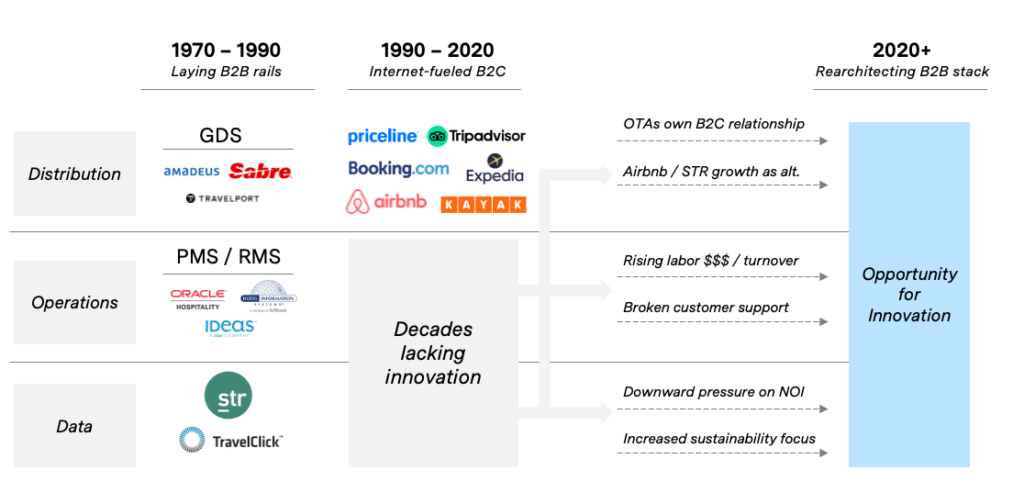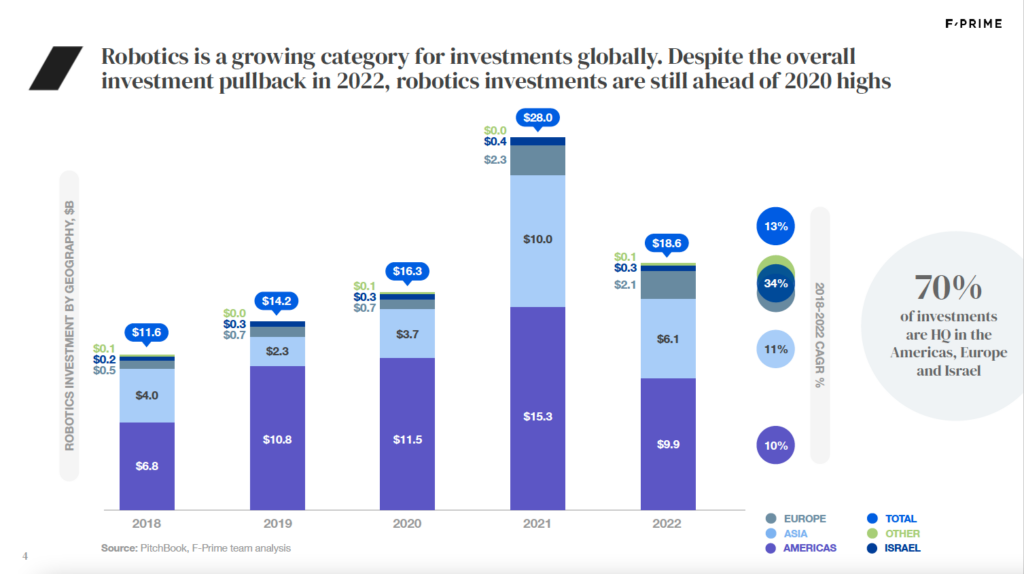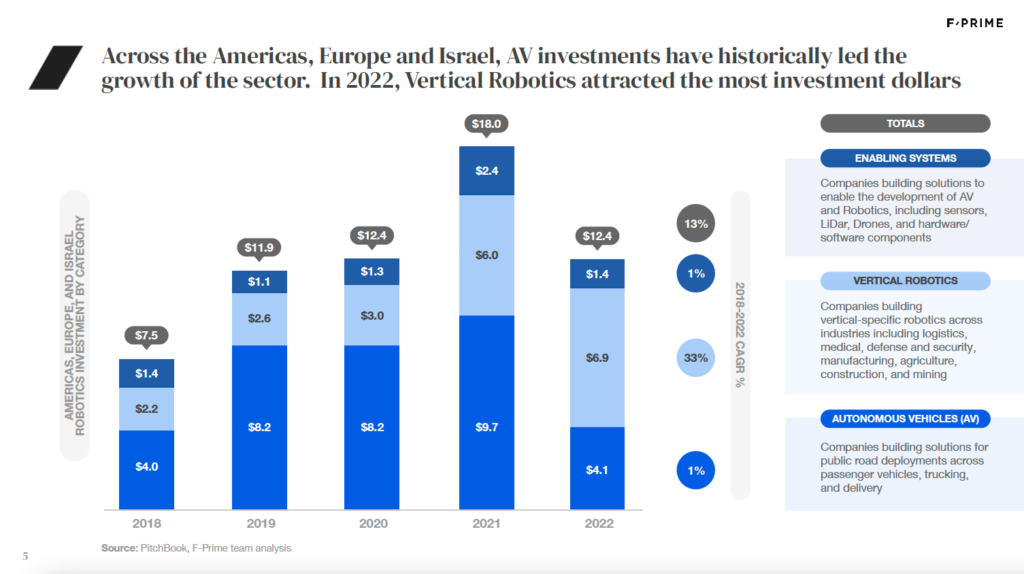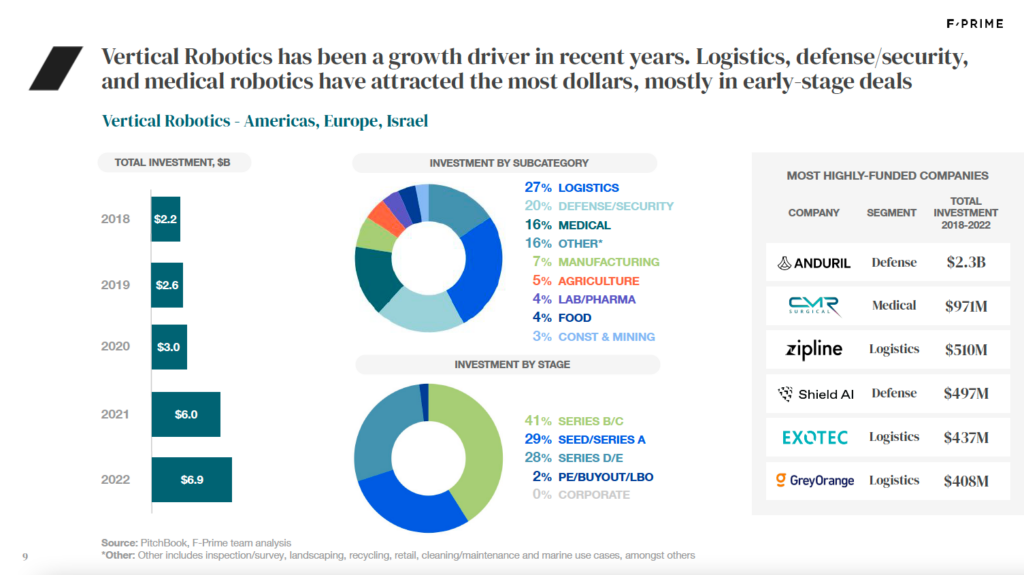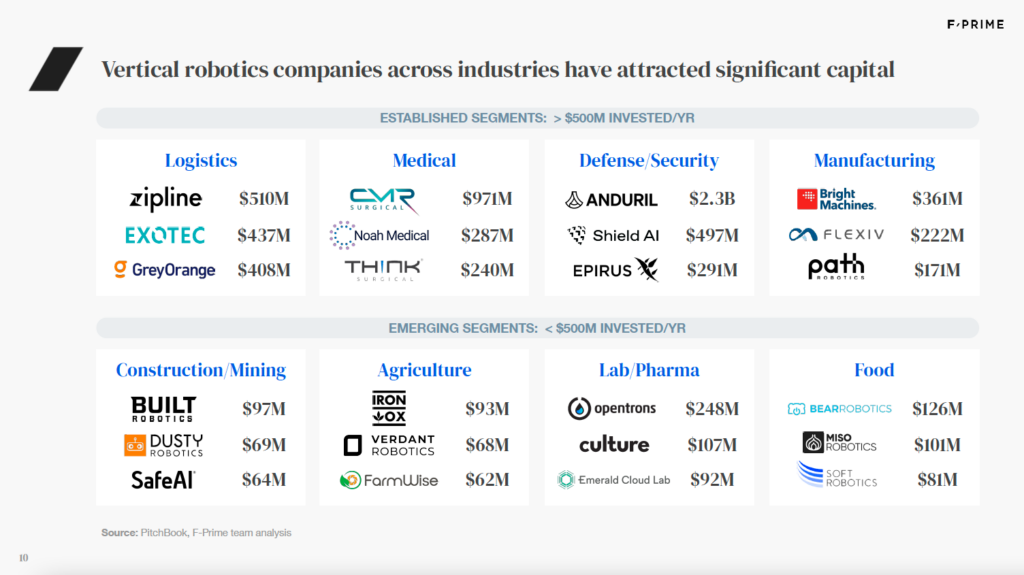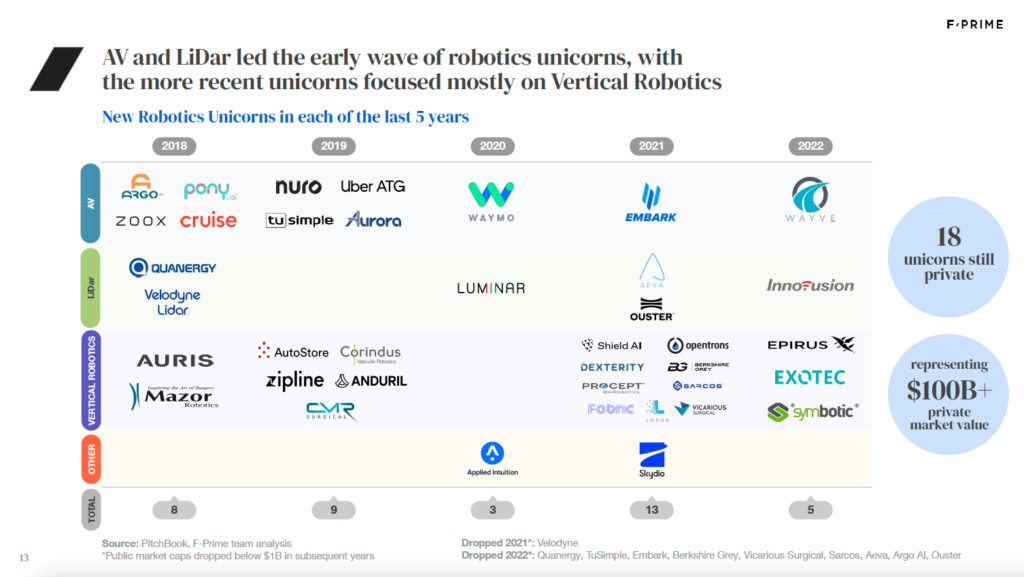Women are half of the world’s population and 80 percent of healthcare consumers, yet efforts to fund women’s health have been marginalized time and time again. In recent years, growing recognition by industry decision-makers has emerged on the varied health challenges faced by women, including increasing demand for fertility services.
While women’s health encompasses vastly more than fertility-related events, the fertility market is much larger than what many people recognize. A recent report from the World Health Organization states around 17.5% of the adult population – one in six people worldwide – experience infertility. The data shows that the market is large and growing. According to the CDC, there were nearly 370,000 assisted reproductive technology (ART) cycles completed in the U.S. in 2021, a 19% increase from 2020.
Enter Carrot Fertility, the leading global fertility care platform enabling employers to offer a highly flexible benefit to support employees in the “pursuit of parenthood” through financial support, care navigation, and provider access.
Tremendous Unmet Need: Traditional healthcare benefits often do not cover family-building.
The fertility and family-building benefits market is accelerating because of favorable demographic and economic trends. Families are having children later in life than they did previously, driving increased interest in solutions for both men and women as they face the prospect of declining fertility. As a result, male and female preservation via freezing of sperm and eggs, respectively, has expanded rapidly.
Further, fertility providers no longer focus exclusively on a narrow demographic, broadening services to be more inclusive of diverse populations. For example, LGBTQ couples are increasingly forming families in ways that benefit from fertility support via surrogacy, assisted reproductive technology, and adoption services.
Tight competition to attract and retain talent at companies is also increasing driving greater attention to these needs, with more family-friendly benefits high on employers’ priority lists. The net result is a more inclusive range of services for everyone who faces fertility-related challenges.
A More Inclusive Solution: Carrot makes family-forming benefits accessible to all.
Many companies focus on spreading their benefits dollars widely, considering women’s health to be a general category alongside mental health, musculoskeletal care, diabetes care, and related “verticals.” The problem with this approach is that it conflates gender with conditions, whereas women’s needs are far more diverse, specific, and complex than can be served with a “women’s health” offering.
Carrot saw an opportunity to develop a compelling solution to a specific problem – fertility – and make it accessible for all, wherever those audiences may be in their fertility and family-forming journey. Fertility care is complicated, and connecting patients with providers and optimal care is just one piece to support them through many of the most meaningful moments of their lives.
“Patients are often left to make care decisions based on limited knowledge, which can lead to unnecessary treatments and poorer care experiences and outcomes. We saw a valuable, important opportunity to provide more women with both connections to care and educational resources to accompany care in order to allow them to make more informed choices.”
-Tammy Sun, CEO, Carrot Fertility
Carrot offers a more inclusive and exhaustive fertility-related benefit that covers all components of and paths to family formation.
- -Curated Care: Carrot’s substantive network of highly vetted providers enables patients to navigate care options based on their individual needs rather than a predefined, one-size-fits-all course of treatments – all backed by the support of an experienced clinical team.
- -Cost Savings: Carrot’s financial model enables an employer-specific contribution, rather than a limited benefit for specific surgeries (e.g., IVF), which provides companies with greater flexibility in their benefits offering while adhering to budgets. This allows Carrot to sit alongside patients to advise them about how to make the best use of each employer’s benefits offering.
- -Global Coverage: By offering benefits on a global basis, Carrot appeals to many buyers of these services who want to offer similar benefits to all employees regardless of their country of residence.
- -Every Person, Every Journey: Carrot offers evidence-based support for every fertility journey — fertility education, egg and sperm freezing, in vitro fertilization (IVF), pregnancy and postpartum support, gestational surrogacy, adoption, menopause, low testosterone, and more.
Carrot’s platform and wraparound services are already making an impact; quality data released in January 2023 show that Carrot customers had the highest reported single embryo transfer (SET) rate among fertility benefits vendors as well as an IVF pregnancy rate greatly exceeding national averages.
A Dynamic Duo: Founding team brings technology and clinical expertise.
Achieving “product-market fit” – or alignment of a product’s value proposition to an underserved market need – is critical to any startup’s success. Carrot Fertility’s two female co-founders, Tammy Sun and Dr. Asima Ahmad, MD, MPH, bring different yet essential competencies to the challenge of building a better fertility offering.
Prior to the founding of Carrot, Sun was head of partnerships at Evernote and personally experienced the limits of existing fertility offerings. In an MSNBC feature, she shared that at a doctor’s appointment, she found out she had “premature ovarian failure,” which meant that her ovaries were essentially getting older significantly faster than her biological age would imply — and that she would go through early onset menopause. Her co-founder, Dr. Ahmad, brought to Carrot her expertise as a clinical leader in infertility with a thriving medical practice as a reproductive endocrinology and infertility specialist at Fertility Centers of Illinois.
“When we met Tammy and Asima, we found a talented team with a compelling vision and business model for addressing a key gap in the industry faced by many patients and employers.”
-Carl Byers, Partner, F-Prime Capital
Future of Digital Health: F-Prime’s commitment to driving innovation.
Carrot’s mission to provide fertility care for all and its dedicated co-founders made F-Prime’s decision to invest in the company a straightforward one. In August 2020, we were delighted to invest in Carrot Fertility’s $24 million Series B funding alongside U.S. Venture Partners and existing investors including CRV, Precursor Ventures, Maven Ventures, and Uncork Capital. Later, we welcomed Orbimed and Tiger Global to the ongoing effort to enable success for Carrot and all of its stakeholders.
Like Carrot, our team and portfolio companies aim to reshape the healthcare system to address pressing challenges and enable everyone to access the care they need.
Subscribe to our newsletter to get the latest updates on how our portfolio companies continue to lead the way in their respective fields.
